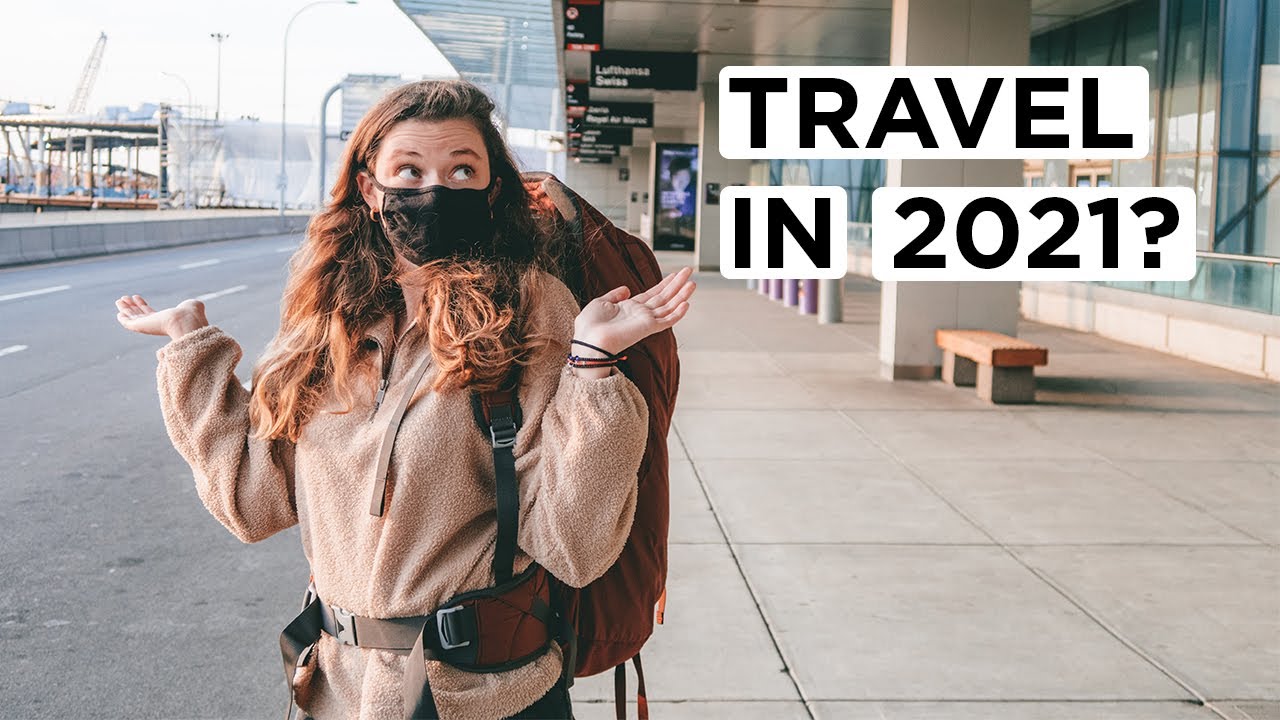In March 2020, a new strain of the coronavirus, COVID-19, swept the globe—and it continues to spread today. As of January 15, the number of cases has surpassed 91.8 million globally, killing more than 2 million people. The virus has grounded thousands of flights, and drastically altered travel plans as borders are closed, and entire cities are quarantined. Traveling in 2021: Planning, Safety, and Reopening
In mid-March, the U.S. Department of State issued a Level 4 global travel advisory, advising all U.S. citizens to avoid international travel. Those who are already abroad were advised to return to the U.S. or be prepared to remain overseas indefinitely. Additionally, the CDC recommended that all travelers, especially those with pre-existing health issues, avoid cruise ship travel—and virtually all lines have canceled sailings. Non-essential domestic travel was strongly discouraged at this time as well.
Traveling in 2021 – For a period, if you had travels booked—especially to Europe or China—it was advisable to reconsider your trip. Most countries enacted strict border protocols, including the European Union’s ban on travelers from the U.S. and other high-risk countries.
But thanks to developments in preventing the virus’s spread, including the development of vaccines, social distancing, and widespread testing, some destinations have begun to look toward the future, reopening borders with testing and quarantine requirements in place.
It’s not all good news, however. A new highly-contagious variant of COVID-19 was discovered in the United Kingdom in September 2020, and it’s already reached a number of other countries, including the U.S. It’s likely that this new strain will cause a spike in cases, which may shut down destinations once more.
While leisure travel might not return immediately, you can still plan ahead and start brainstorming that next trip. From travel insurance to flight cancellation policies and staying healthy on the road, this guide covers everything you need to know about travel in 2021.
What Is COVID-19?
In Dec. 2019, humans in Wuhan, China, became infected with a new strain of coronavirus named COVID-19 (also known as the coronavirus disease 2019, the Wuhan coronavirus, the novel coronavirus, and 2019-nCoV).
In broad terms, coronaviruses refer to a specific family of viruses that affect humans, mammals, and birds, with transmission occurring between species. While symptoms vary per species, humans usually develop respiratory illnesses from coronaviruses. Well-known coronaviruses include SARS (severe acute respiratory syndrome) and MERS (Middle East respiratory syndrome outbreak), both of which have had significant outbreaks in the last 20 years. COVID-19 is a newly discovered coronavirus, with the first human infections being reported in Wuhan, China, in December 2019. The World Health Organization declared the COVID-19 outbreak to be a global health emergency on Jan. 30, 2020 and was later declared a pandemic on March 11, 2020.
Since the situation regarding COVID-19 is changing rapidly, travelers are advised to check with the World Health Organization (WHO) and the Centers for Disease Prevention (CDC) for the latest developments.
While COVID-19 is thought to have originated in Wuhan, China, where the outbreak was first reported, it has infected people across the world. China was the epicenter of the virus until March 16, when the total number of cases and deaths outside China surpassed the total number of cases in China.
More than 200 countries and territories have at least one diagnosed case of COVID-19. The United States and India have the most cases, with 22.8 million and 10.5 million cases, respectively. The majority of the deaths are in the U.S., where 124,811 people have died.
The three main symptoms of COVID-19 are fever, cough, and shortness of breath. Many symptoms are mild, and some infected patients might not show any signs of illness at all. In severe cases, which typically occur in people who have weakened immune systems, such as the sick or the elderly, the respiratory infection can lead to pneumonia, organ failure, or death.
COVID-19 seems to spread from human to human through close contact. The incubation period is thought to range from two to 14 days. There is no treatment available, but there is a vaccine. Infected patients with no underlying complications will likely recover on their own with rest and fluids.
If you are showing signs of respiratory illness, stay home, cover your mouth and nose when coughing or sneezing, wash your hands frequently, and sanitize frequently-touched surfaces. Contact your health provider if you are showing symptoms.
Traveling in 2021
While early guidance suggested that only those who felt ill should wear masks or face coverings, the CDC issued extensive guidance on April 3, 2020, countering that: “CDC recommends wearing cloth face coverings in public settings where other social distancing measures are difficult to maintain (e.g., grocery stores and pharmacies) especially in areas of significant community-based transmission. Traveling in 2021.
In addition to wearing a mask, the next most critical step to preventing the spread of COVID-19 is frequently washing your hands with soap and water or using alcohol-based hand sanitizer. You should also avoid touching your face with unwashed hands.
Previous article – Las Vegas – How to Have a Bachelor Party











